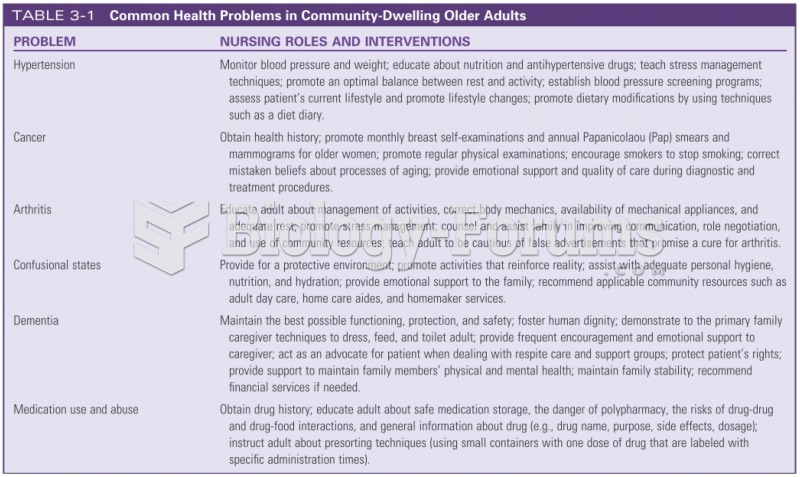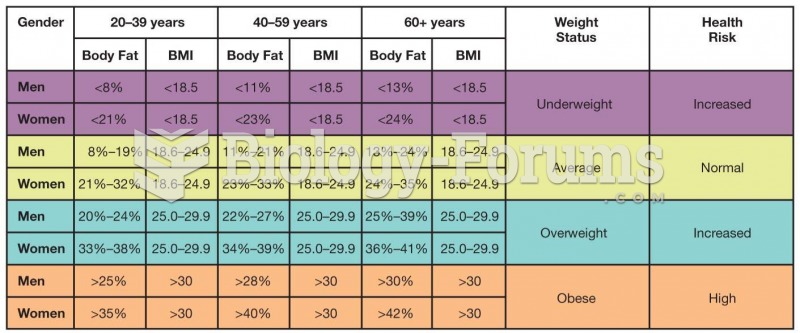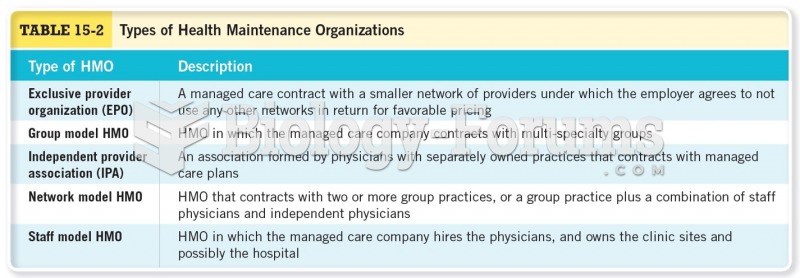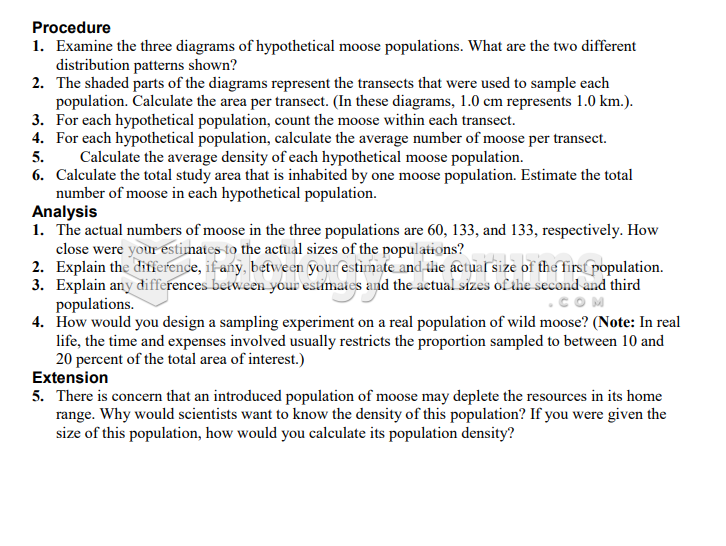Answer to Question 1
Answer: 1, 3, 5
Explanation: 1. Considerations in assessing the sociocultural dimension include information about community government and leadership, language, income and education levels, employment levels and occupations, marital status and family composition, and religion. Transportation is included as a sociocultural dimension. Population density relates to physical environmental determinants. Annual birth rate relates to biological determinants.
3. Considerations in assessing the sociocultural dimension include information about community government and leadership, language, income and education levels, employment levels and occupations, marital status and family composition, and religion. Transportation is included as a sociocultural dimension. Population density relates to physical environmental determinants. Annual birth rate relates to biological determinants.
5. Considerations in assessing the sociocultural dimension include information about community government and leadership, language, income and education levels, employment levels and occupations, marital status and family composition, and religion. Transportation is included as a sociocultural dimension. Population density relates to physical environmental determinants. Annual birth rate relates to biological determinants.
Answer to Question 2
Answer: 1, 2, 3, 4
Explanation: 1. Population nursing diagnoses provide a comprehensive picture of the population's health. Diagnoses may be either positive or negative. Positive diagnoses reflect population strengths and may also indicate improvements in the population's health status. Components of a population nursing diagnosis include (a) identification of the population or subgroup at risk, (b) a potential adverse situation or risk, (c) factors or characteristics contributing to the level of risk, and (d) evidence to support the increased or decreased level of risk. Population competencies is not a part of the population nursing diagnosis.
2. Population nursing diagnoses provide a comprehensive picture of the population's health. Diagnoses may be either positive or negative. Positive diagnoses reflect population strengths and may also indicate improvements in the population's health status. Components of a population nursing diagnosis include (a) identification of the population or subgroup at risk, (b) a potential adverse situation or risk, (c) factors or characteristics contributing to the level of risk, and (d) evidence to support the increased or decreased level of risk. Population competencies is not a part of the population nursing diagnosis.
3. Population nursing diagnoses provide a comprehensive picture of the population's health. Diagnoses may be either positive or negative. Positive diagnoses reflect population strengths and may also indicate improvements in the population's health status. Components of a population nursing diagnosis include (a) identification of the population or subgroup at risk, (b) a potential adverse situation or risk, (c) factors or characteristics contributing to the level of risk, and (d) evidence to support the increased or decreased level of risk. Population competencies is not a part of the population nursing diagnosis.
4. Population nursing diagnoses provide a comprehensive picture of the population's health. Diagnoses may be either positive or negative. Positive diagnoses reflect population strengths and may also indicate improvements in the population's health status. Components of a population nursing diagnosis include (a) identification of the population or subgroup at risk, (b) a potential adverse situation or risk, (c) factors or characteristics contributing to the level of risk, and (d) evidence to support the increased or decreased level of risk. Population competencies is not a part of the population nursing diagnosis.







